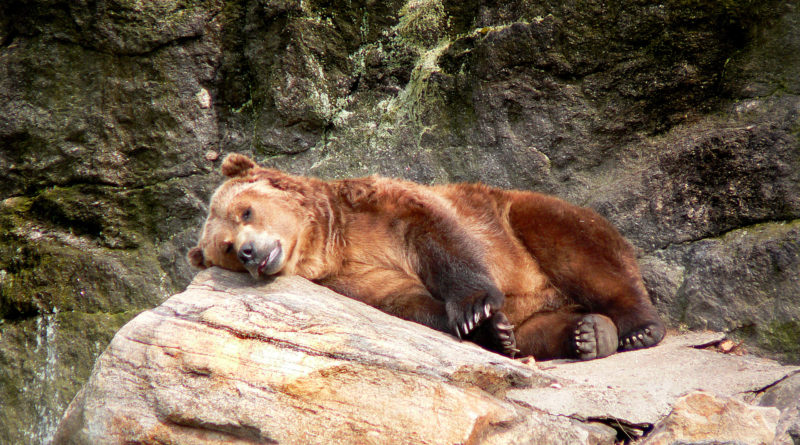With Spring Underway, These Five Animals Are Emerging From Hibernation
1,954 total views, 2 views today
We humans can certainly sleep a ton, but we’re far from capable of the biological miracle known as hibernation. Animals that hibernate are capable of drastically reducing their metabolisms so that they can conserve energy during the cold, dark winter season. The season’s conditions are far from optimal for many animals to forage for food, and hibernators are often not capable of traveling somewhere warmer for the season (though many birds, as is common lore, do fly south for the season).
What we humans do have in common with hibernators is a shared disdain for winter’s bitter colds and reduced amount of daylight. Now that we’re a month into spring, many people around the world are enjoying longer days and warmer temperatures — and certain animals are literally emerging from being powered off, so to speak, for months on end. Here are five animals that we’re likely to see more of now that spring is here.
Bats
An everyday bat encounter isn’t common in that many areas of the U.S. However, even in less bat-heavy regions, these shy gliders can sometimes be seen soaring high in the sky. During winter, though, bats retreat to the caves where they spend most of their time, and there, they set their heart rates, breathing rates, body temperatures, and metabolisms so low they don’t need any food or water until spring brings more favorable foraging conditions.
Black bears
This one’s a little scarier. Stories about hikers encountering vicious, deadly bears (or, in some parts of the country, mountain lions) on wooded trails aren’t unheard of. However, for the winter season, black bears aren’t seen at all. Instead, they retreat and change their metabolisms so that food and water are temporarily non-essential to them. However, unlike many hibernators, they don’t drop their body temperatures far lower than their usual levels.
Bees
It’s well documented that global bee populations are in decline. These creatures, despite their painful stings, should never be killed, because they’re vital pollinators. In the winter, though, far fewer plants are available to pollinate, thereby dwindling food sources for bees, which go into hibernation. New studies, though, have pointed to a major drawback of hibernation for bees: as spring begins, many queen bees linger under dead leaves and grass, where they can accidentally be crushed by passersby who don’t see them.
Frogs and toads
Although frogs and toads are different creatures, it’s no coincidence they look alike. Among the many ways in which they operate similarly is their complete winter hibernation. Both animals tunnel below ground to survive the harshness of winter, but they do so in different ways. Aquatic frogs descend to the bottom of ponds, lakes, or streams to hibernate, and occasionally, some are active enough to swim slowly for brief periods. Land frogs and toads — all toads are land creatures, whereas only some frogs are — burrow into the ground to depths below the frost line, where they sit out winter. Some species actually freeze entirely during winter, but their cold-blooded nature allows them to thaw out and return above ground for spring.
What animals do you see more of during spring? How does seeing these hibernators more often as the weather gets warmer make you feel? Sound off in the comments!

